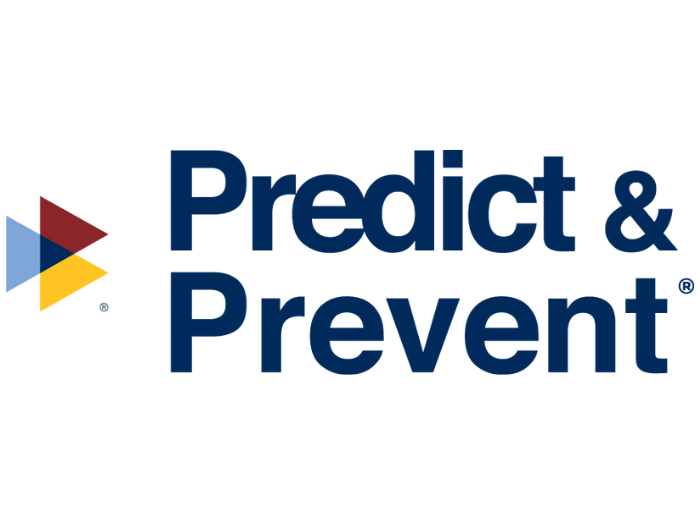Robotic Process Automation: What Is It and How Can It Advance Risk Management?
There is a misconception that in a mentoring relationship, the primary objective is for the mentor to help the mentee grow and accomplish established goals.
While this is a part of the mentor/mentee relationship, what does the mentor receive?
In an effective mentor/mentee relationship, the mentor will gain the energy and focus needed to also grow and achieve established goals as well.
I have such a relationship with Tera O’Hare, senior vice president at Homelink. During our discussions, there are no topics off limits. We have discussed such things as leadership, management styles, societal issues including race and diversity, and, of course, risk management.
As we all know, risk management is the process of identifying, assessing exposures and taking steps to minimize the impact.
As leaders, we must constantly be assessing processes to identify barriers and how they impede our team members’ success. One way to do this is to recognize processes that technology can replicate and execute which team members are conducting manually.
A perfect example is the robotic process automation (RPA).
Tera explained to me how RPA has emerged in the last few years to streamline operational processes and reduce costs. All organizations have mundane rules-based processes that can be automated so that more time can be devoted to value-added activities.
In addition, RPA offers the ability to eliminate errors as these processes are not subject to human intervention, which can often be interrupted during tasks.
Just to clarify, there are no actual robots in robotic process automation, so visions of the transformers emerging into your organization can be disregarded. I had never heard the term RPA until my conversation with Tera, although I have obviously experienced its impact.
Customer care operations is one model of how RPA has been utilized in place of traditional employees. Also, consider the workflow process that requires files to be moved from one location to another or going out to a web portal to extract data in the same format at a high volume. A bot (short term for RPA) can be ‘’taught” or developed with those tasks in mind and replicate that functionality.
RPA in its basic form can create panic if it is used as a tool to eliminate jobs, and in some organizations, I would assume that is case. Thus creating a brand risk for the company.
However, as stated previously it is an excellent way to remove barriers to success.
As Minouche Shafik, director of the London School of Economics and Political Science, has stated, “In the past, jobs were about muscles, now they’re about the brains, but in the future, they’ll be about the heart.”
The processes one looks to replicate doesn’t substitute the individuals needed to do a job, it merely refocuses the attention that person can give to the more complex pieces of their roles. Routine tasks requiring manual execution by an individual create clutter in the ability to focus on the meaningful work.
In the risk and insurance business, this philosophy aligns perfectly. There are numerous ways in which team members could be more impactful if these impediments could be removed, enabling them to re-focus their efforts on meaningful tasks.
Just imagine how effective your team could be if mundane tasks were removed. Team members would have the time to actually analyze situations versus just completing a task. Adopting the elimination of mundane tasks will assist in creating an environment of analyzing exposures versus just seeing things the way you expect to see them.
Consider taking the time to identify these functions or barriers that could be automated thus removed from your team’s plate to enable them to focus on the value-added functions of your organization.
Also consider establishing a mentor/mentee relationship with someone that helps provide you with a different perspective! Thanks Tera. &










